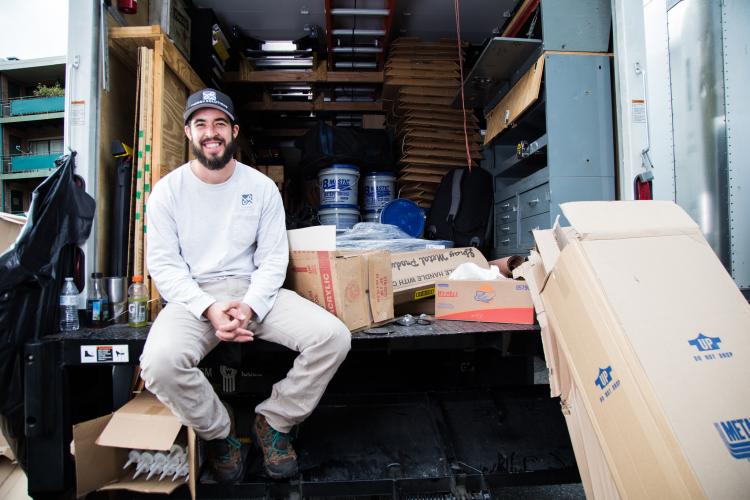
Nationwide, over 16 million households struggle to meet their heating, cooling and other energy needs, but energy efficiency is increasingly recognized as a potential solution to this problem. In 2018, Illinois, Michigan and Missouri began holding income qualified energy efficiency stakeholder collaboratives to strengthen program design and delivery for these communities. Throughout the Midwest, decision makers across the political spectrum recognize the value of low-income energy efficiency in helping families afford their basic energy needs.
About the Workshop
On June 21, at MEEA’s 2018 Annual Meeting, Policy Manager Molly Graham and Senior Policy Associate Leah Scull hosted a workshop that explored the common challenges, potential solutions and best practices for designing and delivering programs for low-income customers. Participants strategized on how to meet the needs of income qualified customers while expanding participation and helping utilities achieve their savings goals.
The workshop featured five discussion topics:
- Assessing the needs of the community
- Supporting and engaging the community
- Program delivery
- Financing
- MEEA’s role and next steps
Common Themes
Several common themes emerged. Participants noted the importance of engaging not just home owners, but also renters and landlords. Also, energy efficiency may not be a priority when more immediate safety issues (e.g. roof problems) exist.
To better serve these communities, it’s important to build trust, tailor messaging and timing, leverage word of mouth and involve residents in crafting messages and promoting program offerings.
The program delivery discussions centered around the use of new technology, though program requirements can be hard to meet. The financing groups focused predominantly on the gaps of current energy efficiency financing programs; for example, an entity may need to own the borrowing risk and programs can be complicated with multifamily buildings.
Finally, what role should MEEA play in this space? Participants suggested MEEA should identify best practices and key players and connect people to break down program delivery silos.
What's Next?
MEEA will continue to serve as a resource for our members, partners and other stakeholders in promoting cost-effective energy efficiency in the income qualified sector. For more information on income qualified energy efficiency programs in the Midwest and MEEA’s involvement, contact Leah Scull at lscull@mwalliance.org.
Photo credit: Marcela Gara, Resource Media